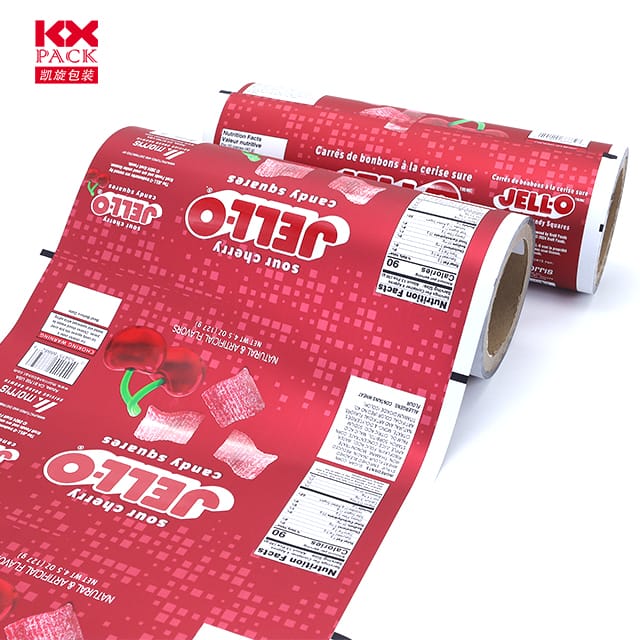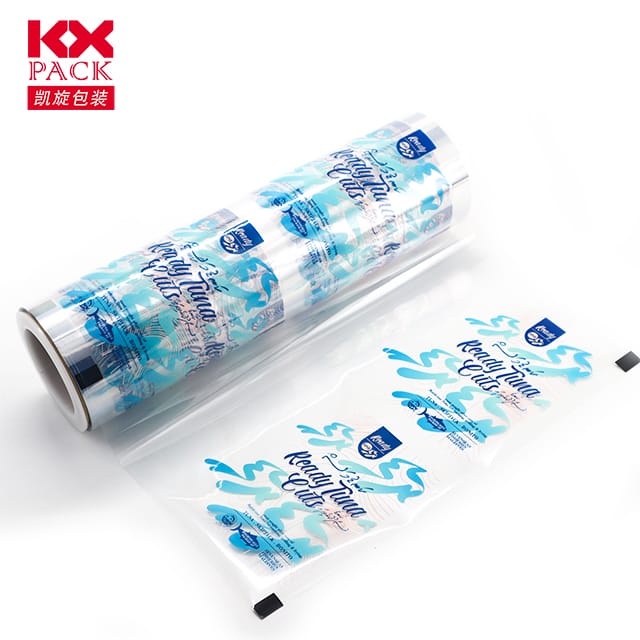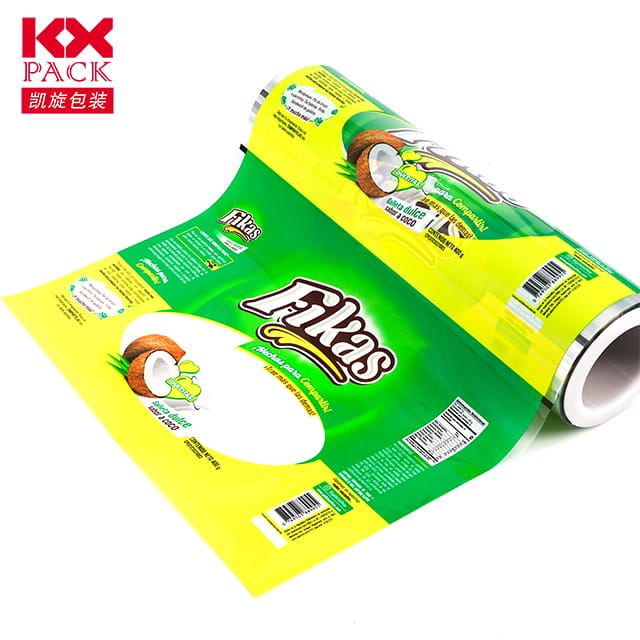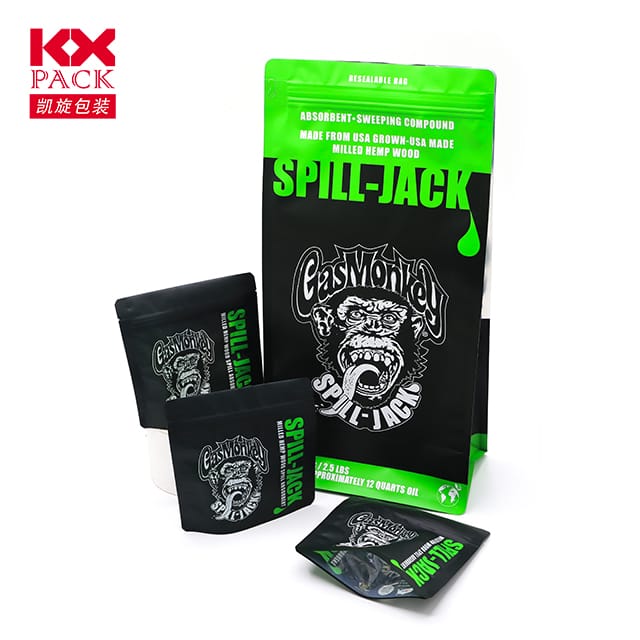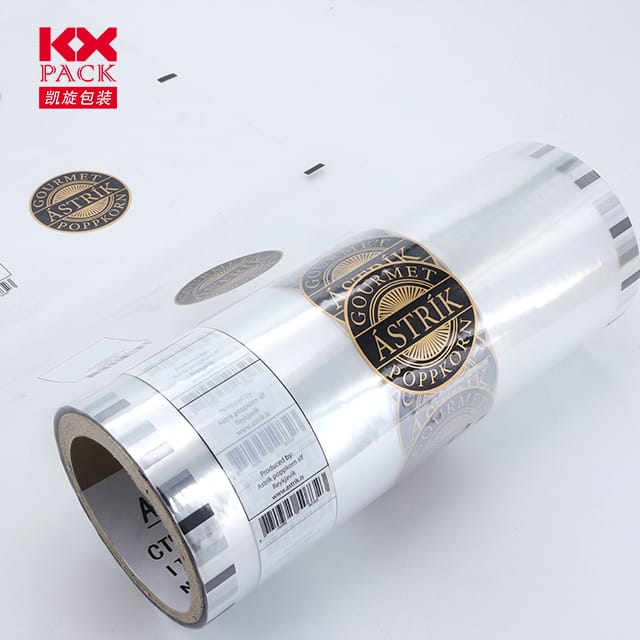A film tekercsek gyártóinak evolúciója és innovációja: Az analóg örökségtől a digitális integrációig
Film Roll
In an era dominated by digital imaging and smart devices, a kifejezés “film tekercs” Lehet, hogy nosztalgiát idézhet elő az analóg fotózás rajongói számára. Még, A film tekercs gyártói továbbra is nélkülözhetetlen szereplők a speciális iparágakban, A szakértelmük adaptálása a niche -piacok kiszolgálására, miközben úttörő hibrid megoldásokra, amelyek áthidalják a hagyományos és a digitális munkafolyamatokat. Ez a blog feltárja az ellenálló képességet, innováció, and future trajectories of these manufacturers in a rapidly evolving technological landscape.
1. Historical Foundations: From Dry Plates to Modern Roll Films
The roots of film roll manufacturing trace back to the late 19th century, when George Eastman’s Eastman Kodak Company revolutionized photography with the introduction of roll film. Prior to this, photographers relied on cumbersome glass plates, limiting portability and accessibility. Eastman’s innovation—a lightweight, flexible paper-backed film—enabled handheld cameras and democratized photography.
By the 1880s, manufacturers like Thomas Bolas produced compact “Detective” cameras designed for discrete use, marking the rise of handheld film cameras. azonban, early roll films faced limitations in sensitivity and durability. It wasn’t until advancements in gelatin emulsions and plastic substrates that film rolls achieved the stability and image quality required for professional applications, from cinematography to medical imaging.
2. Modern-Day Specialization: Diverse Markets, Precision Engineering
Ma, film roll manufacturers cater to industries where digital alternatives fall short. Key sectors include:
- Medical Imaging: Despite the dominance of digital radiography (DR), high-resolution film remains critical for mammography, dental X-rays, and archaeological artifact documentation. Például, quantum dot-enhanced films now offer 10,000 DPI resolution while reducing radiation exposure by 40%.
- Aerospace & Industrial Inspection: Specialty films withstand extreme temperatures and chemicals, used in composite material testing and satellite component inspection.
- Cinematography: Auteur directors like Christopher Nolan and Quentin Tarantino continue to shoot on 35mm or 70mm film for its unique aesthetic, sustaining a $1.2 billion niche market.
- Archival Preservation: Film’s longevity (ig 500 years under optimal conditions) makes it the gold standard for cultural heritage preservation.
Manufacturers like Kodak, Fujifilm, and China’s Lucky Film dominate this space, leveraging patents in nanocrystal coatings and biodegradable bases to extend product lifecycles.
3. Technological Convergence: Hybrid Solutions and Sustainability
To remain relevant, film roll manufacturers are integrating digital technologies:
- RFID-Embedded Hybrid Films: These allow physical film to be digitally cataloged, enabling cloud-based collaboration while preserving physical archives.
- Quantum Dot Sensitization: Enhances light absorption, enabling faster exposures and lower radiation doses in medical applications.
- Eco-Friendly Formulations: Biodegradable polyester bases and water-based developers reduce environmental impact. Például, Shanghai Chemical Research Institute’s eco-developer cuts costs by 22%.
4. Regional Dynamics: Asia’s Ascendancy and Global Competition
Asia-Pacific leads film roll production, accounting for 60% of global capacity. China’s “Made in China 2025” initiative has spurred R&D in medical films and semiconductor photomasks, with domestic firms like Lucky Film capturing 18% of the global market by 2025. Közben, European manufacturers like Agfa-Gevaert focus on regulatory compliance, shifting to dry laser imaging to meet REACH standards.
5. Future Outlook: Opportunities and Challenges
The film roll industry faces both tailwinds and headwinds:
- Growth Drivers:
- Aging populations boost demand for medical films.
- Rising disposable income in emerging markets fuels retro photography trends.
- Aerospace and semiconductor sectors require ultra-high-resolution films.
- Threats:
- Digital intermediates dominate 79% of post-production workflows.
- Silver price volatility (up 23% be 2024) squeezes margins.
Következtetés: The Art and Science of Film Roll Manufacturing
Film roll manufacturers exemplify adaptive innovation, transforming from analog pioneers to specialists in high-precision, sustainable solutions. As industries like healthcare, aerospace, and cultural preservation prioritize quality and longevity over convenience, these manufacturers will continue to thrive—not as relics of the past, but as custodians of irreplaceable technologies.
For investors and industry observers, the sweet spot lies in firms that master digital-analog convergence, such as those developing AI-driven defect detection systems or hybrid cloud-film archives. The future of film rolls isn’t in cameras—it’s in labs, hospitals, and archives, where the tangible meets the timeless.
Sources: Industry reports from Docin.com, Beijing New Oriental School, és 2024 Shenzhen International Film & Tape Expo.

